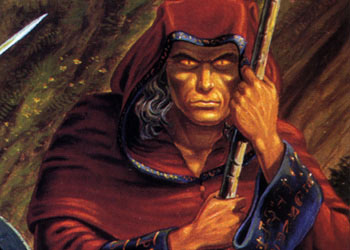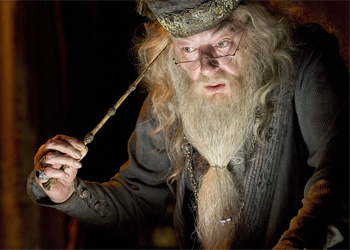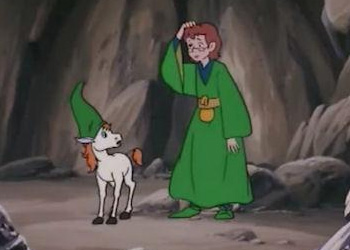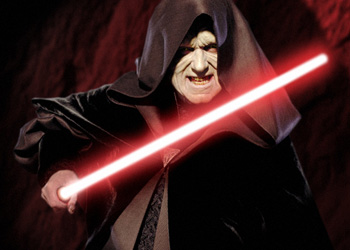
Wacky, wise, or wondrous, wizards play an important role in fantasy and fantasy-derived genre fiction. Along with the young hero on a quest and the evil overlord, wizards are one of the most common archetypes of fantasy fiction. Let’s get a good list going, and make use of the PhD in geekology our parents spent so much money on giving us.
The Wise Mentor Wizard

Examples: Merlin (Camelot mythology), Gandalf (the Grey and the White, from LOTR), Yoda and Obi-Wan Kenobi (Star Wars franchise).
This is the granddaddy archetype of wizards. Usually old and physically frail, they’ve seen it all. Perhaps it’s their age. Perhaps it’s their strange and awesome foreknowledge of events from being all magic and stuff. Whatever the cause, these guys know stuff. The role of this kind of wizard is to guide our hero. For this reason, the wise wizard is usually removed from the story halfway through the hero’s quest. He’s there long enough to get our hero going, but not so long that he does all the work for him.
The Impish Trickster Wizard

Examples: Loki (Norse mythology and Marvel comics), Mr. Mxyzptlk (DC comics), Q (Star Trek Franchise), Simkin (the Dark Sword novels)
Sometimes a source of comic relief, sometimes the bad guy, and often both, the imp serves a long and time-honored tradition of annoying the hell out of our hero. The imp never takes things seriously. This makes him dangerous to our hero, whether friend or foe. But he also borders on buffoonery. If he didn’t have great magical power, he’d just be comic relief, or the wacky-next-door-neighbor, or something equally benign. But he does have power, which is the other reason he is dangerous to our hero. When used properly, he can make even the stalest story interesting.
The Bumbling Wizard

Examples: Questor Thews (Magic Kingdom of Landover novels), Presto (Dungeons & Dragons: the Animated Series)
This is the fantasy genre’s answer to the GBFWSSWITEOTSTMTBSBAIAGTGB* that is so instrumental in romantic comedies. You could think of the bumbling wizard as the anti-Merlin. If your hero already has ass-kicking skills, you bring in a bumbling wizard to hold him back a little and make the quest a little more interesting. That way it takes more than one chapter for our hero to kill the dragon.
Or, perhaps your hero doesn’t have bad-assery skills, but you need to make your wimpy protagonist seem a little less pathetic and a little more sympathetic. Stand him next to a bumbling wizard, and he doesn’t seem so bad any more. Plus, your wizard can get it right every once in a while, for those times you’ve written your hero into a box and can’t figure out how to save him.
The Evil Megalomaniac Wizard

Examples: The Emperor (Star Wars franchise), Sauron (LOTR), Arawn (The Chronicles of Prydain novels)
One part egomaniac, one part embodiment of pure evil, and one part powerful magician, the evil megalomaniac wizard is perfect for bringing out the best in your protagonist. If you are going to send your hero on a quest, and give him a bunch of companions along the way to help him, including a wise mentor wizard, then you’d better have a formidable bad guy. Nothing fits the bill like a guy that (1) wants to rule the world and (2) has the power to turn everyone into a newt.
*GBFWSSWITEOTSTMTBSBAIAGTGB = goofball-best-friend-who-says-something-wise-in-the-end-of-the-story-to-make-the-boy-stop-being-an-idiot-and-get-the-girl-back (I coined that term myself).






